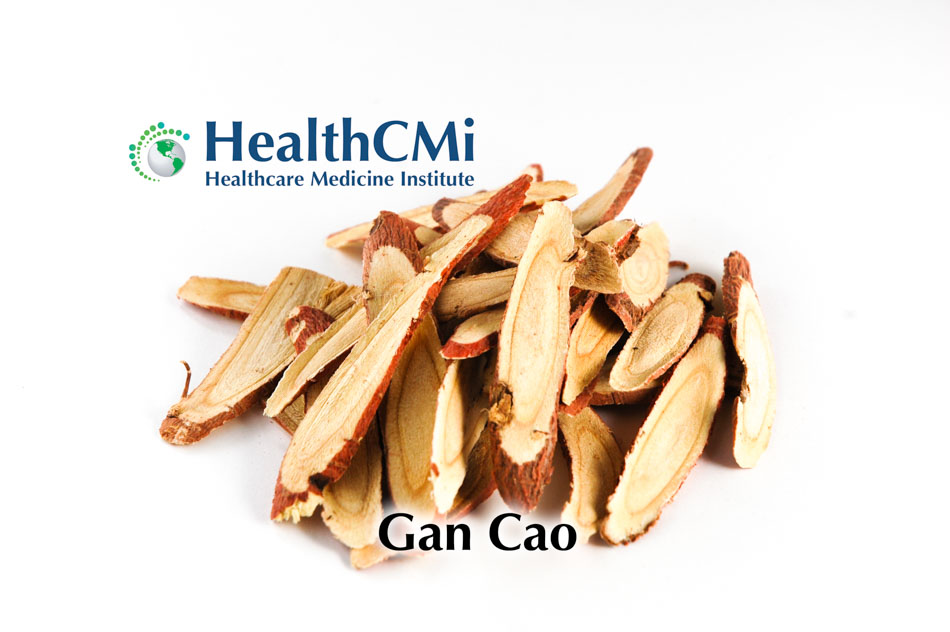
A randomized controlled trial in adults with peptic ulcer and confirmed Helicobacter pylori infection found that adding the Chinese herbal regimen Anweiyang capsule and Ban Xia Xie Xin Tang to standard quadruple therapy significantly increased H. pylori eradication rates, improved ulcer healing, and reduced serum inflammatory biomarkers over four weeks compared with standard therapy alone [1].
The study enrolled 100 patients and randomly assigned them to a control group receiving standard quadruple therapy or an observation group receiving quadruple therapy plus Chinese herbal medicine. After four weeks, the H. pylori eradication rate was 94 percent in the herbal add-on group compared with 64 percent in the control group. The ulcer healing rate was 82 percent in the herbal group compared with 56 percent in the control group. The total effective rate, which included clinical cure, marked improvement, and partial improvement, was 96 percent in the herbal group compared with 80 percent in the control group [1].
Standard quadruple therapy in both groups included esomeprazole 20 mg taken orally twice daily, amoxicillin 1 g twice daily, clarithromycin 0.5 g twice daily, and colloidal bismuth pectin 150 mg three times daily. The herbal add-on group received Anweiyang capsule, 0.4 g taken orally three times daily, along with Ban Xia Xie Xin Tang taken twice daily, morning and evening, 30–60 minutes before meals [1].
The Anweiyang capsule used in the study is a proprietary Chinese medicine preparation composed of flavonoid extracts from Gan Cao (Glycyrrhiza glabra). Each capsule contains 0.2 g of these licorice-derived flavonoids, standardized for content and purity [1]. Glycyrrhiza flavonoids are known in pharmacological research for anti-inflammatory, mucosal-protective, and antimicrobial effects, making them relevant in both H. pylori control and ulcer healing contexts [1].
The Ban Xia Xie Xin Tang formula in the study contained Ban Xia (Pinellia ternata) 12 g, Dang Shen (Codonopsis pilosula) 15 g, Chen Pi (Citrus tangerina) 10 g, Huang Qin (Scutellaria baicalensis) 10 g, Gan Cao (Glycyrrhiza glabra) 6 g, Huang Lian (Coptis chinensis) 6 g, and Gan Jiang (Zingiber officinale, dried ginger) 6 g. The study allowed individualized additions for certain symptom patterns, which included Dan Shen (Salvia miltiorrhiza), Shi Gao (Gypsum fibrosum), Shan Zha (Crataegus pinnatifida), Shan Yao (Dioscorea opposita), Chai Hu (Bupleurum chinense), Bai Shao (Paeonia lactiflora), or Dang Shen in adjusted amounts [1].
Both groups experienced significant reductions in serum procalcitonin (PCT) and C-reactive protein (CRP) after treatment. However, the decreases were greater in the herbal add-on group. Levels of prostaglandin E2 (PGE2), an indicator of mucosal repair, increased in both groups but were significantly higher in the herbal group. These biomarker changes suggest that the herbal regimen not only improved bacterial eradication but also enhanced mucosal healing and reduced systemic inflammation [1].
Traditional Chinese medicine (TCM) syndrome scores also improved in both groups, with a greater reduction in the herbal group. This indicates that beyond biomedical markers, patients reported greater relief of TCM-defined symptoms such as epigastric distention, poor appetite, and fatigue when the herbal formula was added [1].
Adverse events were fewer in the herbal group, occurring in 4 percent of patients, compared with 18 percent in the control group. Reported events in the herbal group included one gastrointestinal reaction and one headache. The authors suggest that the reduced adverse event rate may be due to improved gastric mucosal resilience with the herbal regimen [1].
The trial demonstrates that adding Anweiyang capsule—composed solely of standardized Gan Cao flavonoids—and Ban Xia Xie Xin Tang to standard quadruple therapy for four weeks can improve H. pylori eradication rates, accelerate ulcer healing, reduce inflammatory markers, and lower adverse event rates. Clinicians seeking to replicate the protocol should follow the same herbal composition and dosing, with quadruple therapy as the biomedical foundation, and monitor outcomes with post-treatment urease testing, endoscopic ulcer assessment, and serum inflammatory markers [1].
Source:
[1] Xiaoying Feng et al., “Clinical effects of anweiyang capsule and Pinellia heart-draining decoction for eradication of Helicobacter pylori and healing of peptic ulcers,” AMB Express 14, Article 123 (2024).